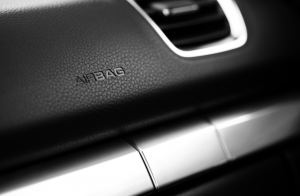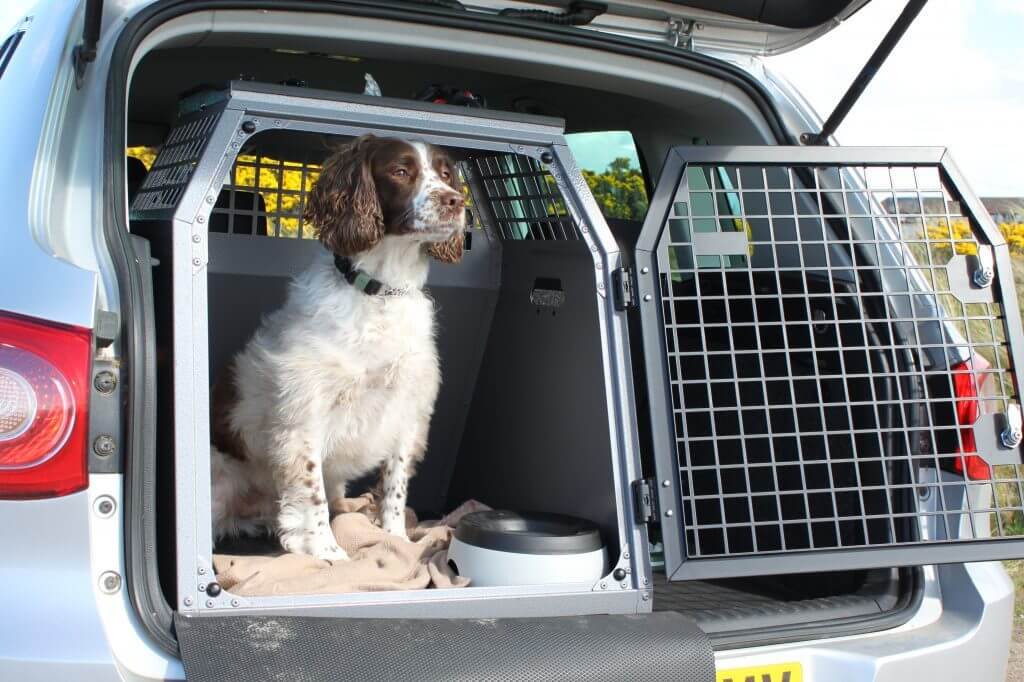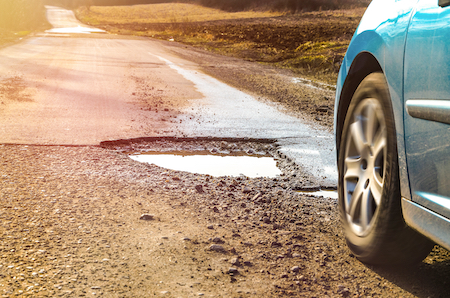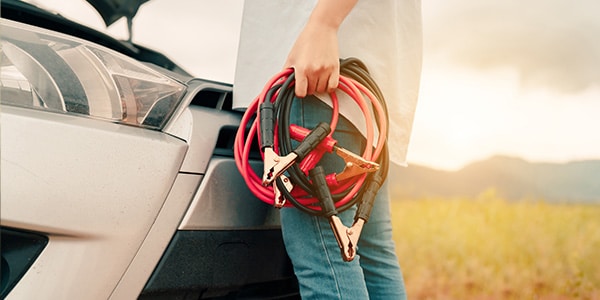Car Air Bags & Child Safety | Vehicle Air Bag Safety Tips

Car Air Bags & Child Safety Essential guidelines to protect your most precious cargo from preventable injury. Designed for Adults, Dangerous for Kids Airbags are a lifesaving technology for adults, but they can pose a serious threat to children. Airbags are designed to deploy with massive force—up to 200 mph—to stop an average-sized adult male […]
Road Trip With Your Pet: 8 Tips

Pets play an important role in our lives; emotional support, cuddle buddy, and a fun companion. It can be hard to be away from our pets for a long period of time, which is why people often bring their pets along for the adventure. There are some critical safety tips to keep in mind if […]
Why You Should Avoid Potholes on the Road

The months of December- April are considered pothole season. Potholes are formed in the pavement due to the expansion (freezing) and contraction (thawing) of ground water from rain and snow, and from heavy traffic. While potholes usually only develop to a depth of a few inches, if they become large enough, they can cause damage […]
What to Keep in Your Car at All Times

Ask yourself this: If you were stuck with a flat tire, a dead battery, an empty gas tank, a blown gasket or any number…
Everything you Need to Know About Vehicle Recalls

Everything You Need to Know About Vehicle Recalls How to check your VIN, understand the risks, and get a free fix. What Exactly is a Vehicle Recall? A vehicle recall occurs when a manufacturer or a government safety agency (like the NHTSA in the US) determines that a vehicle or one of its components poses […]


